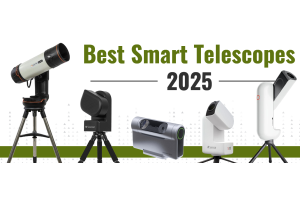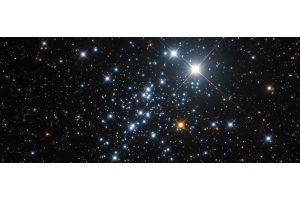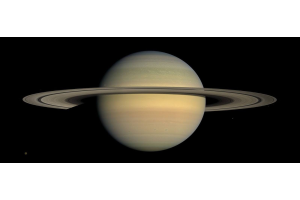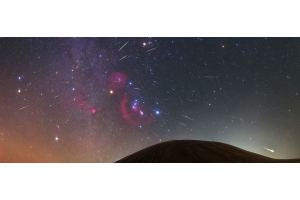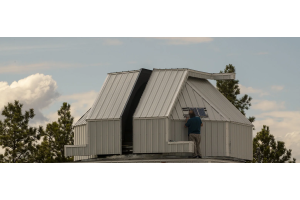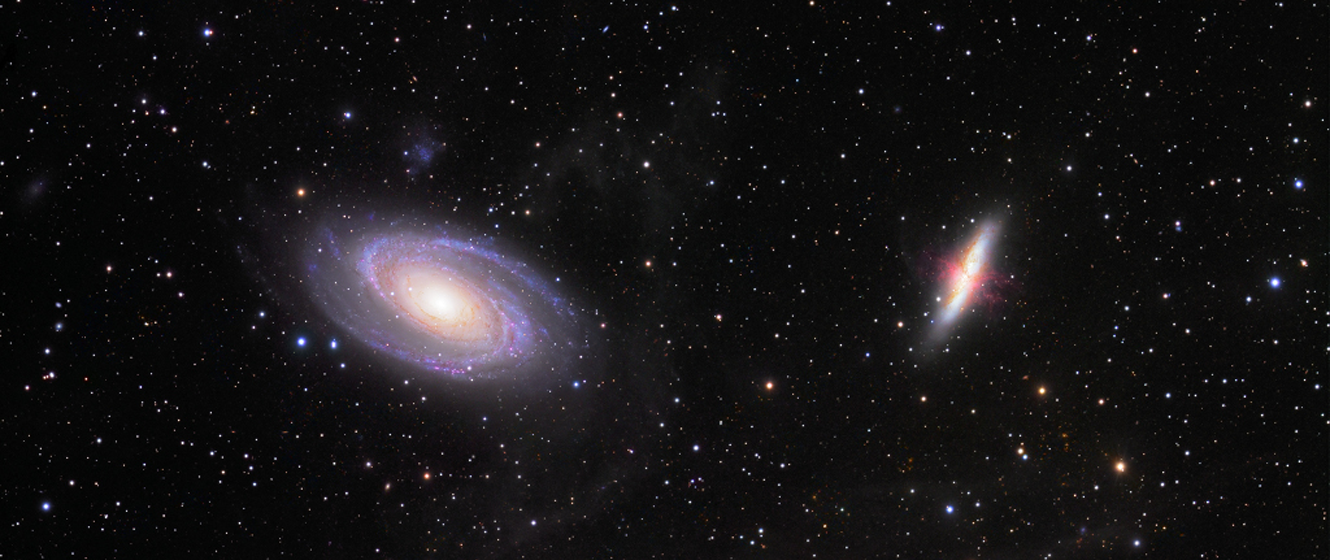
In this episode of What's in the Sky this Month, Teagan reviews some of the beautiful celestial objects you can see in the month of March!
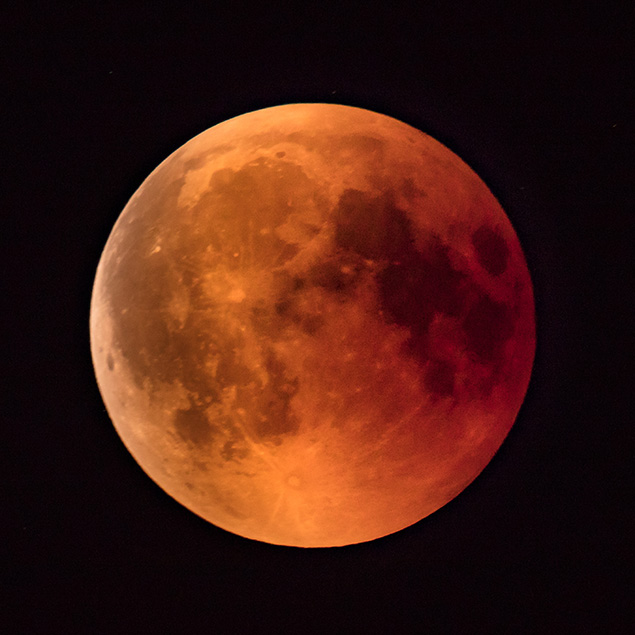
Total Lunar Eclipse
Without a doubt, the highlight of the month is the total lunar eclipse that occurs late in the evening of the 13th (for those on the west coast) and in the early hours of the 14th for those on the east coast. The penumbral phase begins at 11:57 PM ET (8:57 PM PT), with the partial phase starting at 1:09 AM ET (10:09P M PT) and totality starting at 2:26 AM ET (11:26 PM PT).
Mid-eclipse occurs at 2:58 AM ET (11:58 PM PT), with the Moon roughly midway between Regulus in Leo and Spica in Virgo. The nearest planet is Mars, which appears close to Castor and Pollux in Gemini towards the west. Totality then ends at 3:31 AM ET (12:31 AM PT). The partial phase ends at 4:47 AM ET (1:47 AM PT), with the Moon leaving the penumbra at 6:00 AM ET (3:00 AM PT).
OUR NEAREST NEIGHBORS
While both Saturn and Neptune are too close to the Sun to be visible, Mercury is furthest from the Sun on the 7th and can be easily seen in the west about 15 minutes after sunset for roughly the first half of the month. Both the thin crescent Moon and Venus appear above it on the 1st. Venus is losing ground against the Sun, and is rapidly dropping into the evening twilight. It’ll appear within the same 10x50 binocular field of view as Mercury from the 9th, with the two closest on the 12th. March is the last month to observe Uranus telescopically, but Jupiter fares better; it lies close to Aldebaran in Taurus and remains observable for several hours after twilight ends. It’s joined by the first quarter Moon on the 5th and 6th. Mars is still shining brilliantly in Gemini, close to the stars Castor and Pollux, with a waxing gibbous Moon just a degree and a half away on the 8th. Use 10x50 binoculars to see the Moon, Mars, and Pollux within the same field of view. Lastly, there’s a full Moon (known as the Worm Moon) in Virgo on the 13th, with a new Moon occurring on the 29th.
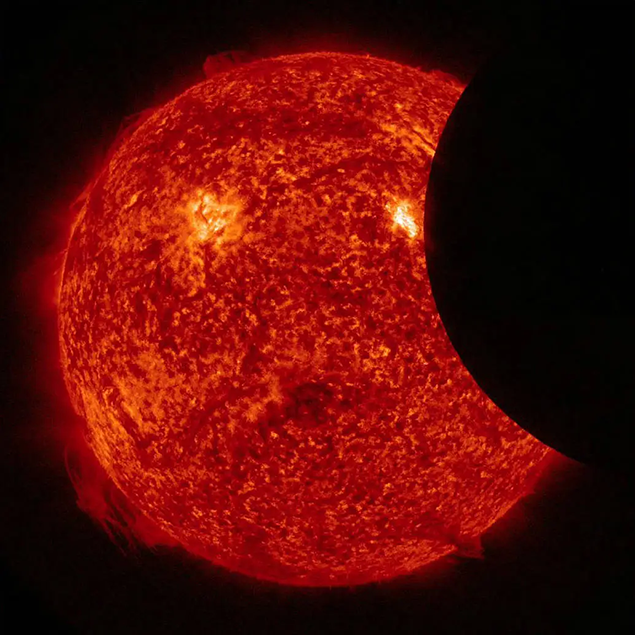
Image credit: NASA/SDO
Partial Solar Eclipse
If you live in the northeastern corner of the United States or Canada, you’ll have the opportunity to see a partial solar eclipse at sunrise. Details will vary by location, but many will see a partially obscured Sun as it rises above the eastern horizon.
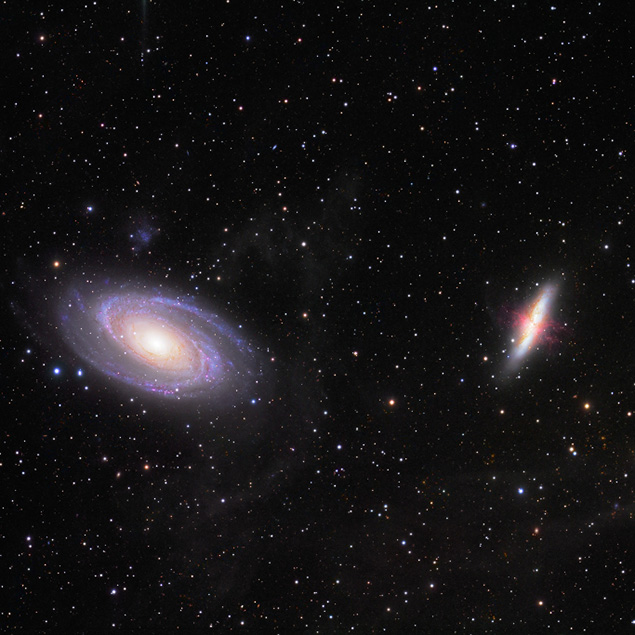
Image credit: Dietmar Hager, Torsten Grossmann
Messier 81 (Bode’s Galaxy) & Messier 82 (the Cigar Galaxy)
This pair of galaxies will fit within the same low-powered telescopic field of view, with some texture being visible on M82 in small scopes. However, you’ll need a mid-sized or large scope to see anything of the spiral arms of M81.
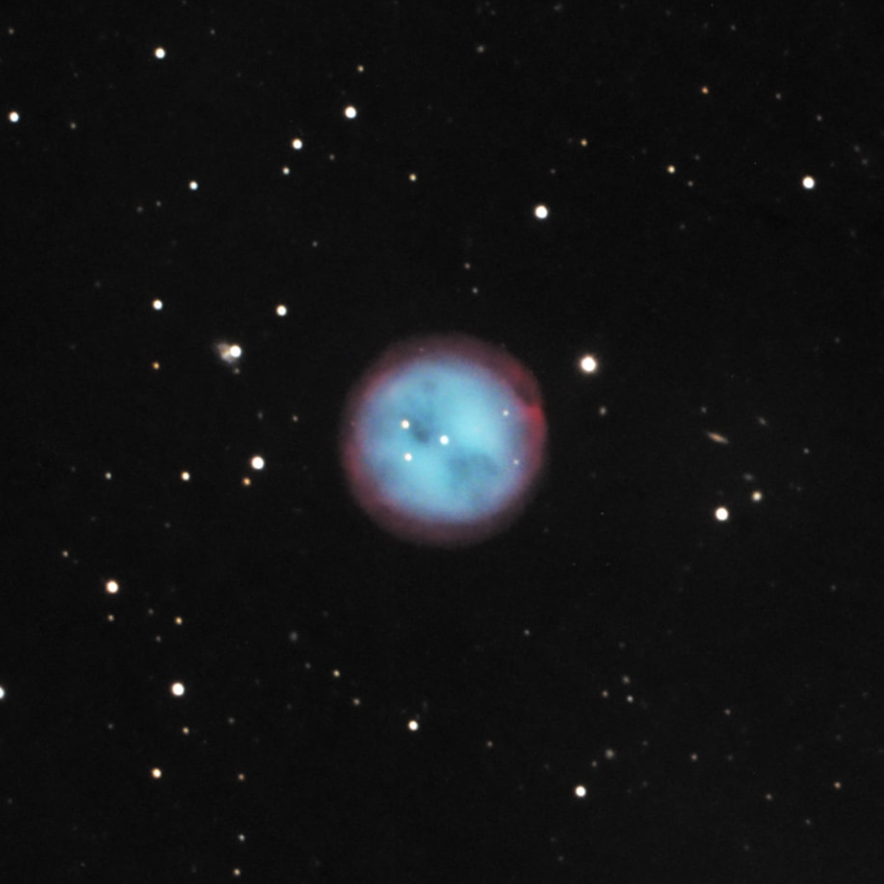
Image credit: Stargazer Observatory
Messier 97 - The Owl Nebula
Located just a little more than two degrees from Merak, one of the stars of the Big Dipper, it can be seen in a small telescope, but you’ll need an aperture of 250mm and a high magnification to see the dark, circular patches that give the nebula its name.

Image credit: Drew Evans
Messier 44 - The Beehive Cluster
Still easily seen in the evening sky, the Beehive cluster is a fine sight in binoculars, while also providing a challenge for naked eye observers. Look for it roughly midway between Pollux in Gemini and Regulus in Leo.
STELLAR CONCEPTS
Eclipse: An eclipse occurs when one object passes through the shadow of another. Lunar and solar eclipses involve the Sun, Moon, and Earth and require all three to be in alignment, but since the orbits of the Earth and Moon are inclined, this rarely happens. A lunar eclipse occurs when the Moon passes through the shadow of the Earth and is visible from any location where the Moon is above the horizon. A solar eclipse occurs when the Moon casts its shadow onto the Earth and is only visible from locations within the Moon’s shadow.






